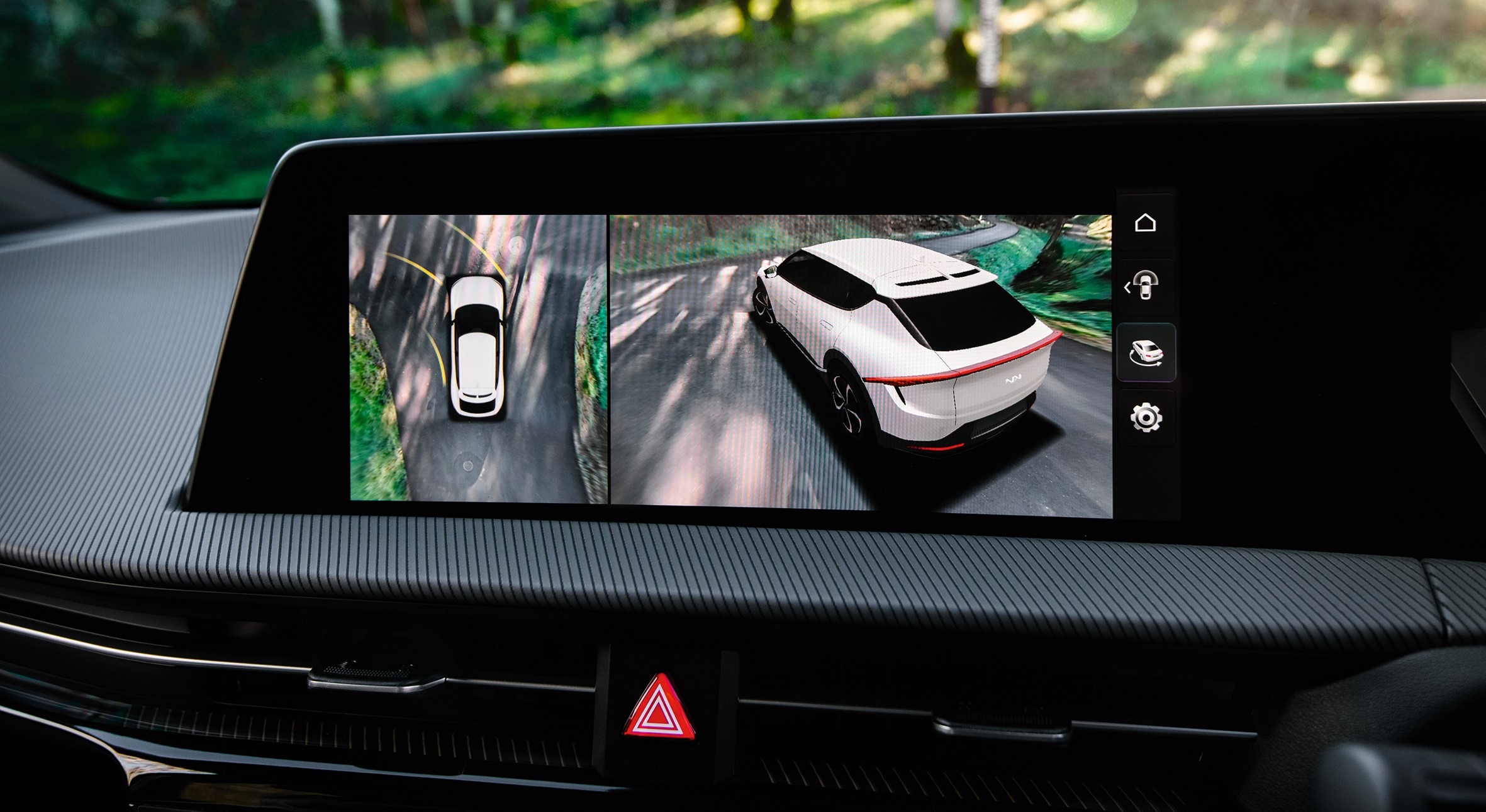By John Pedler
Published: Friday, January 19, 2024
It’s hard to imagine, but rear-view mirrors weren’t really a thing until the early 1900s. The first recorded use of a motoring mirror was in 1911, when racing driver Ray Harroun attached one to his Indianapolis 500 car – and won.
Some historians claim there was mention of side mirrors in a trade magazine in 1906, but it took until 1921 for engineer Elmer Berger to be the first to patent a side-mounted rear-view mirror. In the very early days, they were attached to a car’s front fenders or side-mounted spare wheel and couldn’t be adjusted from inside the vehicle.

They were later moved closer to the front door and could be adjusted manually after winding down the window. Some drivers enjoyed the luxury of a left-hand-side mirror, which needed to be adjusted by the passenger, but this extra bit of kit wasn’t widely popular until well into the 1980s.
It was a revelation when adjustment ‘joy sticks’ started appearing inside the car. The passenger still needed to help with the left-hand mirror, but things were looking up… unless it was adjusted properly.
When side mirrors changed from flat to convex glass – to provide a wider view – motorists were warned that, “Objects in mirror are closer than they appear,” which proved vital during T-Rex pursuits.
The electric age
With the introduction of electric controls, allowing the driver to move both side mirrors, it seemed technology had reached its peak. But there was more to come.
These days, most modern mirrors can be manually or electrically folded in to prevent damage. This is particularly useful in narrow garages and on the battleground of the shopping centre car park.

Some cars have auto-folding mirrors that swing in when the ignition’s turned off and fold out when the engine’s restarted. Manufacturers like Tesla and Toyota have fitted cars with mirrors that tilt down when the reverse gear is selected, saving countless wheel rims from kerbside scuffs.
All the while, mirror housings have become increasingly aerodynamic to reduce wind noise.
Electrochromic glass, which senses glare in the mirror and dims the brightness of the reflection accordingly, has been turning up in cars for some years, and there’s also tech that defrosts mirror glass on a chilly morn.
Are the mirror’s days numbered?
The advent of more sophisticated devices likely heralds the end of the rear-view mirror as we know it. Side mirrors now serve as mounts for cameras and sensors that trigger proximity alarms and displays, help with parking, and combine with similar gadgets to deliver a bird’s eye view of a car’s immediate surroundings.

In the future, it’s possible that glass mirrors will no longer be needed and electronic gizmos will feed us the required information.